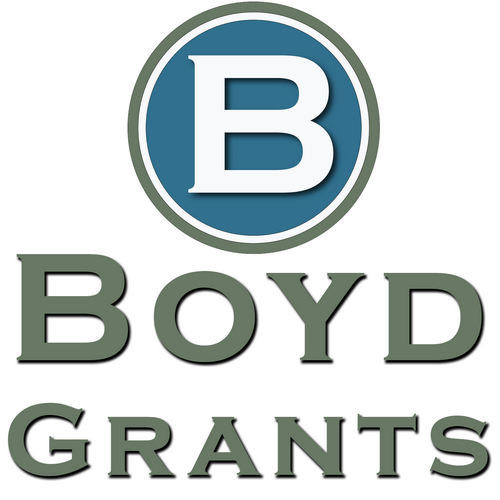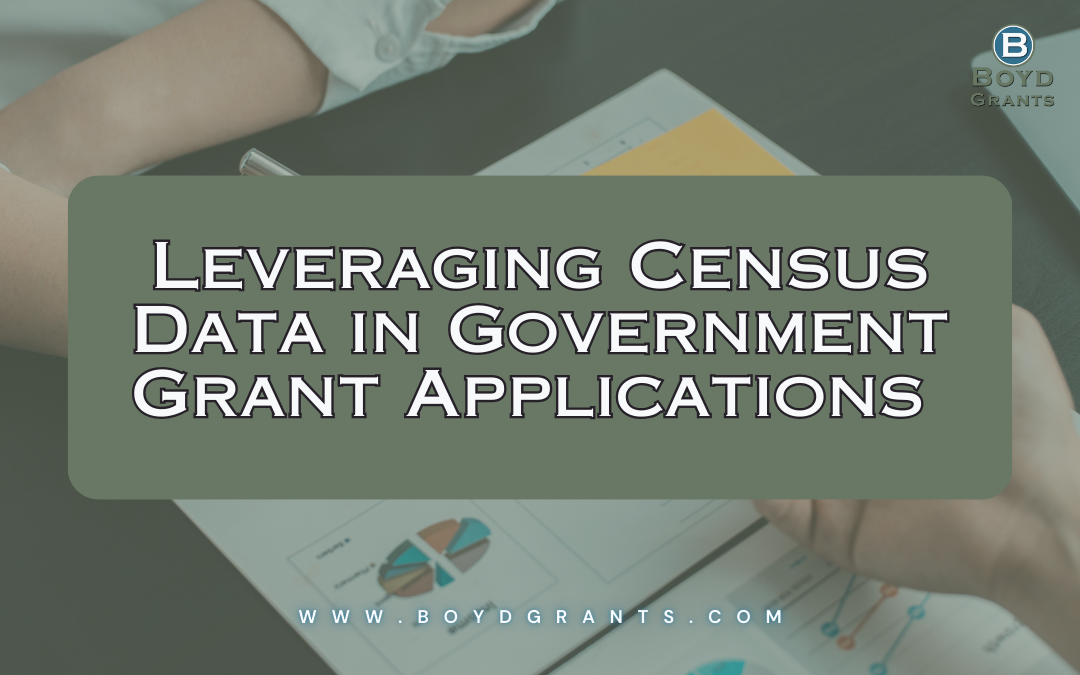Hey there, fellow grant seekers and data enthusiasts! Today, I want to chat about a topic that’s crucial for anyone diving into the world of government grant applications: leveraging census data. Yep, we’re talking about using those population numbers and socioeconomic insights to beef up your grant proposals and make them shine.
So, picture this: you’re all geared up to apply for a juicy government grant, but you need that extra oomph to make your proposal stand out. That’s where census data comes in handy. It’s like having a treasure trove of community information right at your fingertips.
Understanding Census Data
First things first, let’s break down what census data is all about. It’s not just a bunch of numbers—it’s a goldmine of demographic and socioeconomic info collected by the government. We’re talking population breakdowns, age distributions, income levels, education stats, and more. This data paints a vivid picture of your community’s needs and challenges.
Why Census Data Matters in Grant Applications
Now, you might wonder, “Why should I bother with census data?” Well, my friend, it’s all about boosting your credibility. When you can back up your grant proposal with hard-hitting stats from reputable sources like the census, funders take notice. It shows you’ve done your homework and understand the real issues your project aims to tackle.
Strategies for Using Census Data Wisely
Okay, so you’ve got this treasure trove of data—now what? Here are some cool strategies to make the most of it:
- Needs Assessment: Use census data to pinpoint community needs and disparities. Highlight areas with high poverty rates or educational gaps to justify your project’s importance.
- Target Population Identification: Define your project’s target audience using census demographics. Are you serving a specific age group, ethnicity, or income bracket? Census data helps you tailor your approach.
- Data Interpretation and Visualization: Don’t just dump numbers on your grant proposal. Get creative! Use graphs, charts, or maps to visualize the data and make it easy for funders to grasp.
Privacy and Data Considerations
Of course, we can’t overlook the importance of data privacy. When using census data, always prioritize confidentiality and respect individual privacy. Stick to aggregated data and avoid sharing sensitive info that could identify individuals.
Wrap-Up and Call to Action
So, folks, the next time you’re gearing up to write that grant proposal, don’t forget to tap into the power of census data. It’s like having a secret weapon in your back pocket! With the right strategies and a bit of creativity, you’ll be on your way to securing that funding for your awesome project.
That’s it for today’s chat on leveraging census data. If you’ve got questions or want to share your experiences, drop a comment below. Until next time, happy grant hunting!
Do you want to learn more? Pop on over to Boyd Grants Academy and register for some of our trainings!


Recent Comments